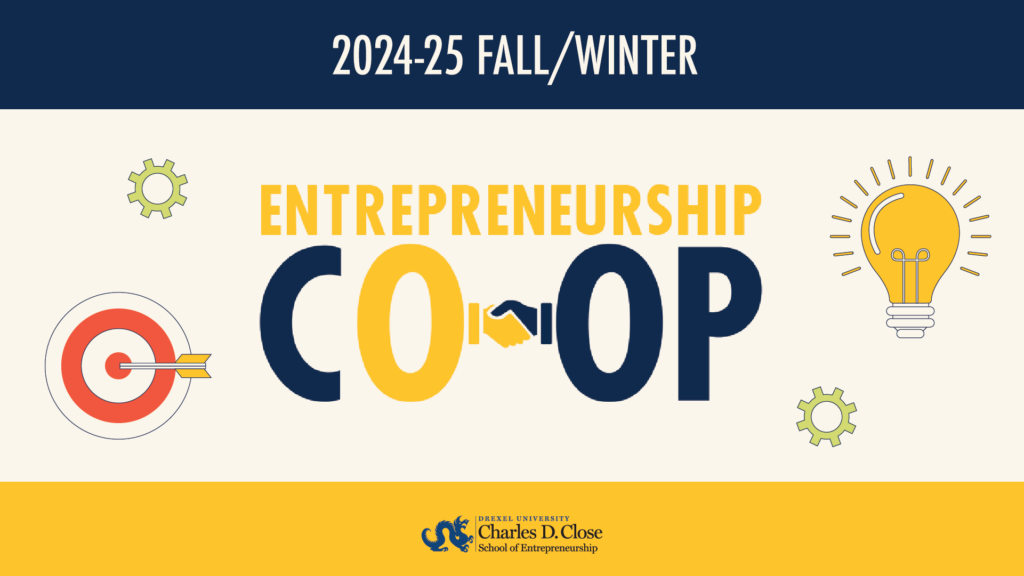August 6, 2019
On July 15, Amazon launched its annual Amazon Prime Day. This year, the 48-hour event sold over 175 million items, which was bigger than the combined sales of Black Friday and Cyber Monday. Although Prime Day is known for its deep slashes on the costs of its products, especially tech gear, the sale wasn’t just an online exclusive. If you strolled through your local Whole Foods Market during the sale, you might have seen yellow and blue signs with discounts on various items and a promotion for spend $10, get $10 on Amazon Prime for its members only.
However, Prime Day wasn’t the only reason Amazon made the news recently. It also shut down its food delivery service, Amazon Restaurants. This service was offered in 25 cities and only to Prime subscribers.
What can a massive international company learn from a failure? We spoke with Paul Melchiorre, Global Customer Officer at Anaplan, seasoned entrepreneur and advisory board member for DocuSign and the Charles D. Close School of Entrepreneurship at Drexel University, for his insight on this shut down.
(Close School) Besides profits, because many of these delivery companies lose money in the first few years, what are other factors to consider when evaluating if they should discontinue a business segment?
(Paul Melchiore) Knowing Amazon from the time I spent building Expense Watch – I raised money from Bezos, met him twice, once in Seattle when he came and presented to the company. One of the things I did learn, they are not afraid to experiment. They throw as many things at the wall as you can imagine. To shut this side of the business down was a calculated decision. Trying to compete with UberEats and GrubHub probably was not profitable and never was going to be profitable.
(CS) Is four years an appropriate time table to make a decision this big?
(PM) They probably knew a year ago that they were shutting it down. Amazon has a history of checking every box and not upsetting customers. If there is not rapid growth with companies like Amazon, then it’s not going anywhere. They have a “go fast or die” mentality.
(CS) Seeing as Amazon bought Whole Foods, and is starting other grocery businesses and delivery companies, do you think it was premature to admit failure with one-time meal deliveries?
(PM) I’m not sure they care what people think. They try a lot of things and some don’t work. Something like this will be in the future. They like to partner initially then move as much of the business itself.
(CS) What are your predictions for other players in the industry such as Walmart, Target, Aldi, Kroger? How do they stay competitive?
(PM) Walmart can absolutely be competitive. They figured out the future is a combination of online and brick and mortar. They also employ some of the best engineers, so their online business is great. These other large companies have also made major tech investments. They know they have to catch up.
(CS) Last year, Amazon bought a significant stake in Deliveroo in England. What are your thoughts about the situation?
(PM) This is something Amazon hasn’t done a lot and I think they will start to do some more of. Their mindset is, “We will grow here, experiment here… get into markets or regional markets.” Acquisition is an avenue for them.
Sarah Temple, Logan Levenson, Charles D. Close School of Entrepreneurship, Communications.







